We may earn money or products from the companies mentioned in this post. This means if you click on the link and purchase the item, I will receive a small commission at no extra cost to you ... you're just helping re-supply our family's travel fund.
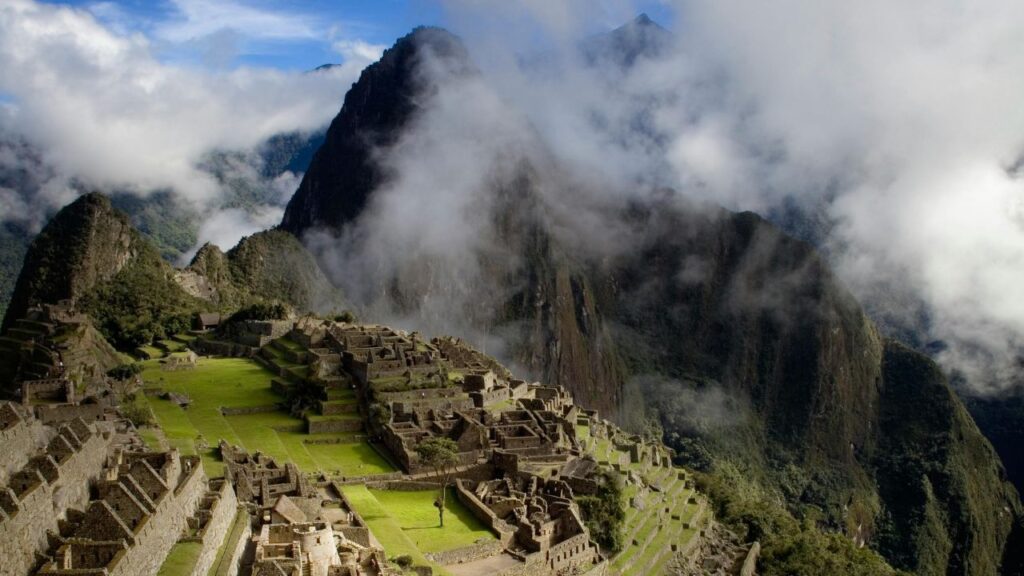
South America is known for its beauty and culture, but some destinations carry serious risks. Crime, political unrest, and environmental hazards make travel to certain regions challenging. While many areas are safe with preparation, others require extra caution and awareness. Knowing where the greatest dangers lie helps you plan wisely and stay protected. Here are the 15 most dangerous South American countries to visit in 2025 and what travelers need to know.
Venezuela
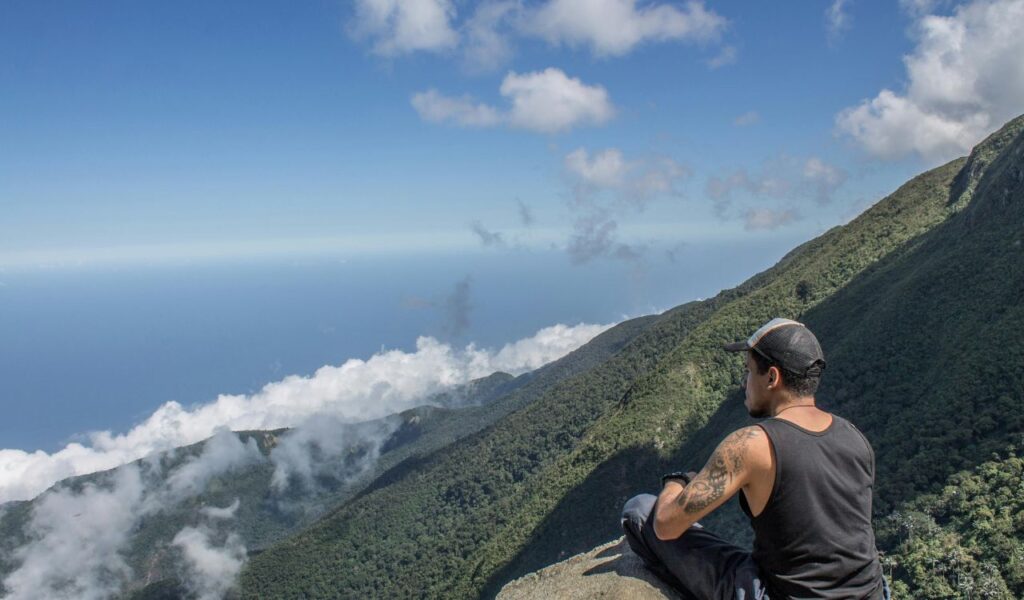
Venezuela continues to face deep economic and political turmoil. High rates of violent crime, including robberies and kidnappings, remain common, particularly in major cities like Caracas. Shortages of basic supplies and unstable infrastructure add further risks for visitors. Political demonstrations can quickly escalate into dangerous situations. While its landscapes and attractions appeal to adventurous travelers, visiting Venezuela in 2025 requires extreme caution, thorough planning, and close monitoring of official safety advisories.
Colombia
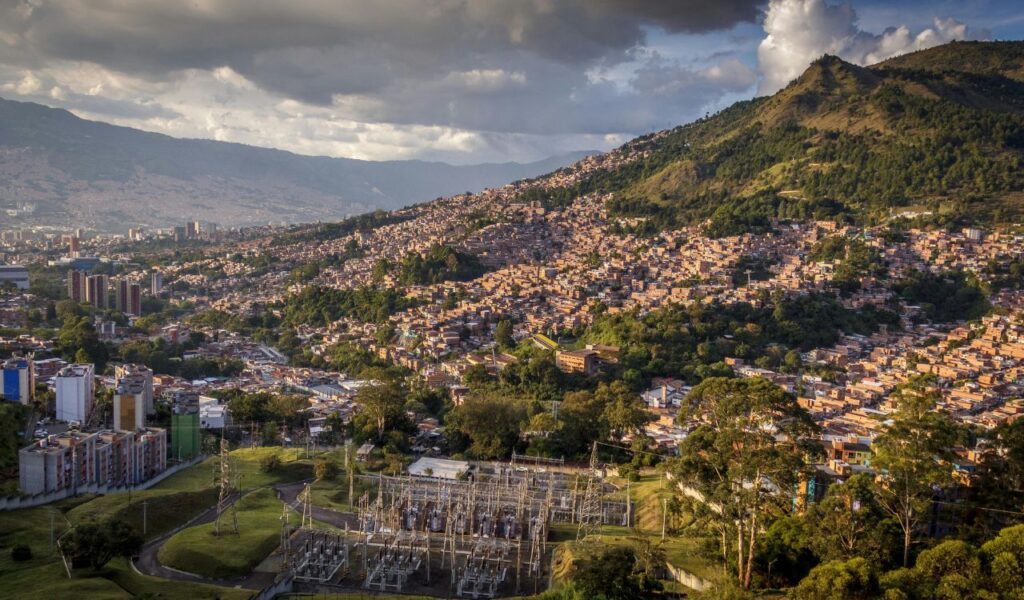
Colombia’s safety has improved in recent years but risks remain, particularly in rural areas. Organized crime and drug trafficking still affect remote regions, while urban areas like Bogotá and Medellín see high rates of theft and scams targeting tourists. Certain border zones remain dangerous due to armed groups. With careful planning, sticking to well-policed areas, and using reliable transport, visitors can still enjoy Colombia’s vibrant culture and natural wonders while minimizing their exposure to crime.
Brazil
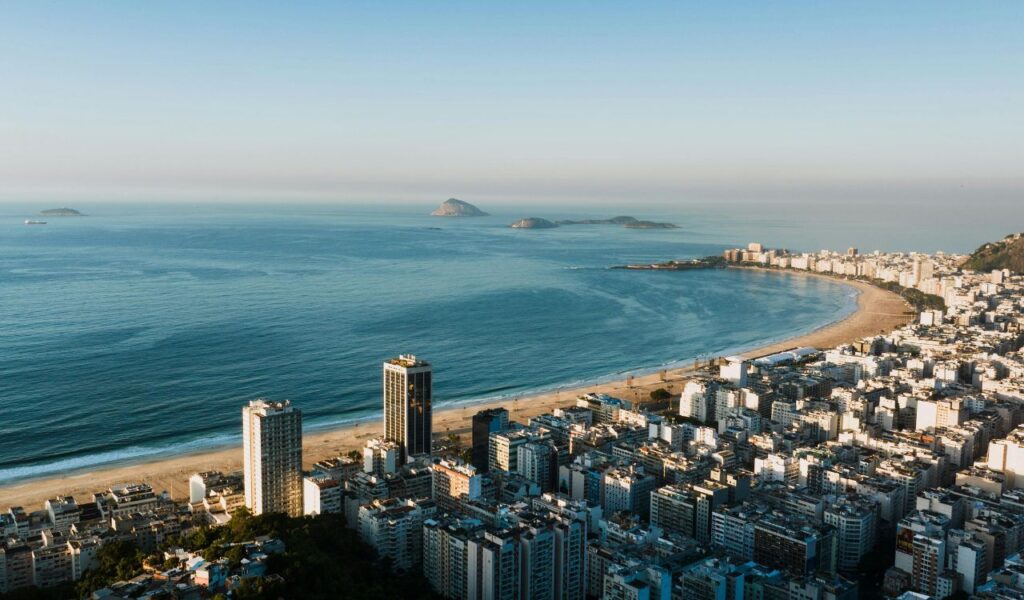
Brazil is known for its beaches and festivals, but faces serious crime problems. Cities like Rio de Janeiro and São Paulo report high levels of robbery, assault, and gang activity. Tourists are frequent targets in crowded areas and at night. Favela communities, while culturally significant, can be unsafe without local guidance. Visitors should stay in secure neighborhoods, avoid displaying valuables, and remain alert in public spaces to enjoy Brazil’s highlights while minimizing potential risks.
Guyana
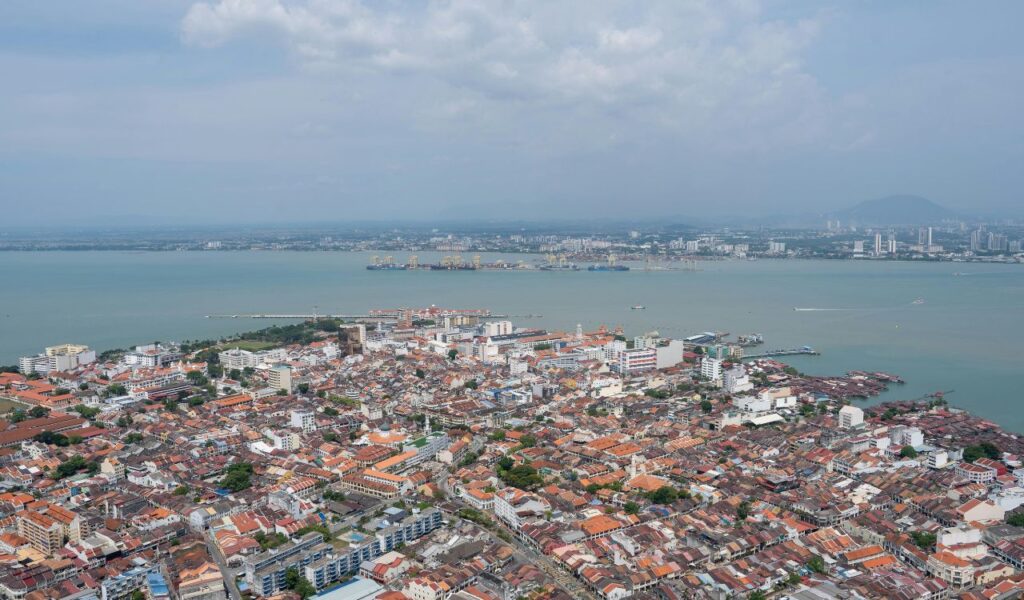
Guyana’s lush rainforests attract eco-tourists, but its capital, Georgetown, faces high crime rates, including armed robbery and gang violence. Limited police presence and slow emergency response times heighten risk. Poor infrastructure outside cities also adds danger, especially on remote roads. While the country’s natural beauty is appealing, travelers should avoid venturing out alone, stick to reputable tour operators, and remain vigilant, particularly after dark, to navigate Guyana safely and reduce their chances of encountering danger.
Bolivia
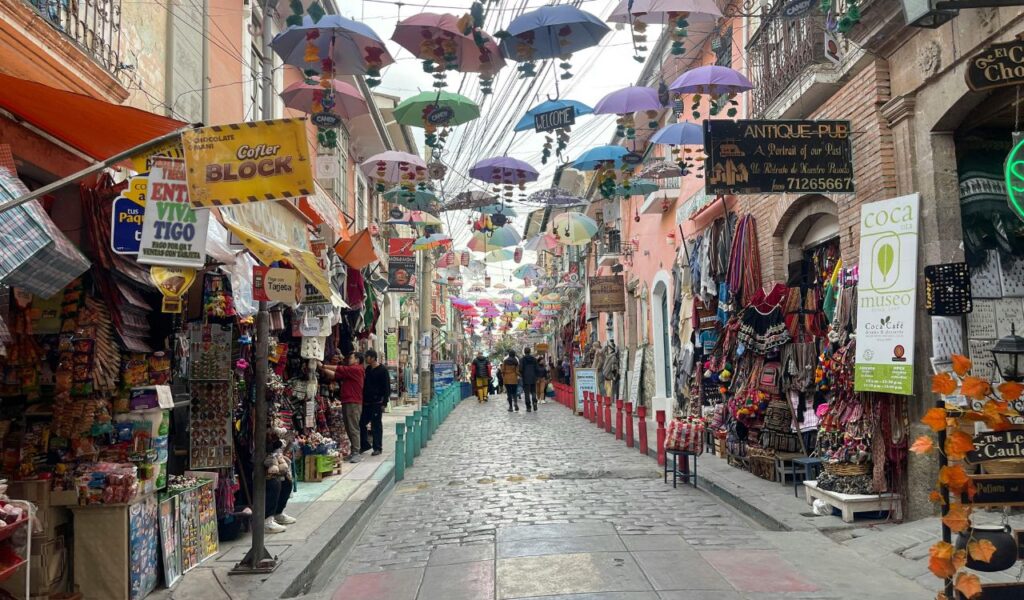
Bolivia’s frequent protests and political unrest can disrupt travel plans unexpectedly. Demonstrations often turn violent and block roads, especially in cities like La Paz. Petty crime, including pickpocketing, is common in crowded markets and tourist areas. High-altitude destinations pose health challenges for those unprepared. Travelers should stay updated on local conditions, avoid protest sites, and prepare for altitude sickness. With the right precautions, Bolivia’s natural wonders like the Salar de Uyuni remain worth exploring safely.
Peru
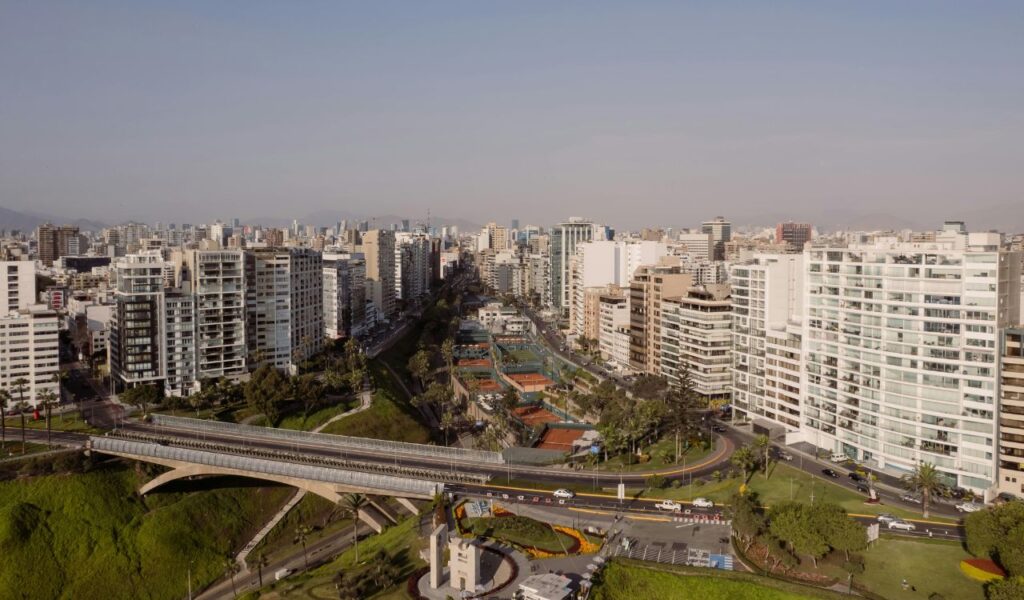
Peru is rich in history, but faces safety challenges in urban and rural areas alike. Lima and Cusco see frequent pickpocketing and scams, while protests sometimes block roads and disrupt travel to tourist sites. Petty crime is common around transportation hubs and crowded areas. Rural unrest and limited resources in remote zones add further difficulty. Staying alert, using licensed guides, and avoiding risky districts help travelers experience Peru’s highlights, including Machu Picchu, while reducing potential dangers.
Paraguay
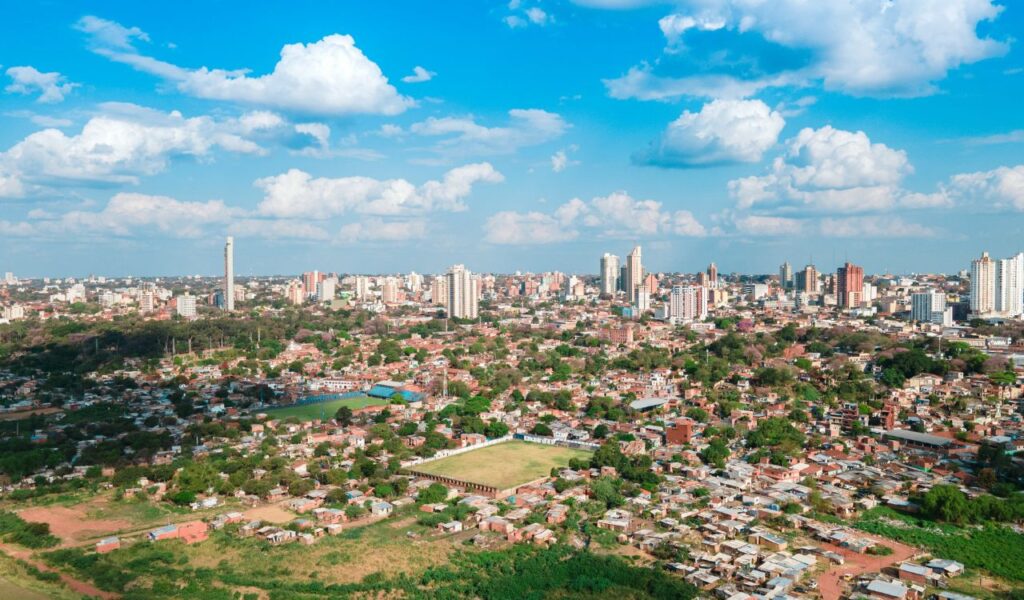
Paraguay is less visited but has significant crime concerns, especially in Asunción and border towns. Corruption and limited police enforcement contribute to unsafe conditions, while armed robberies and theft are frequent. Remote regions suffer from poor infrastructure, making emergencies difficult to manage. Travelers should stick to populated areas, avoid isolated regions, and take standard security measures. Despite its cultural appeal, visiting Paraguay in 2025 requires caution, planning, and a focus on personal safety at all times.
Ecuador
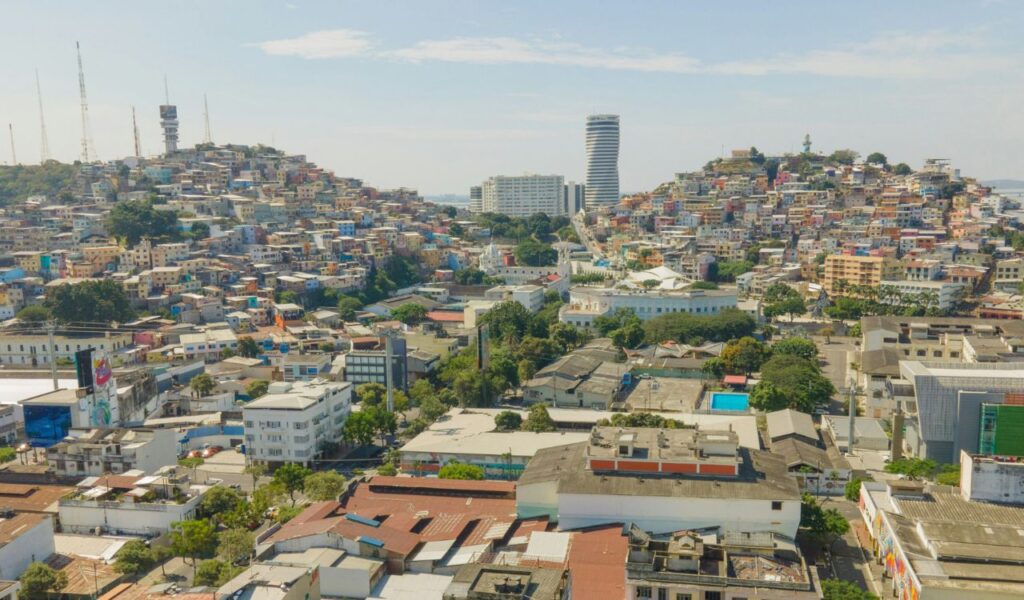
Ecuador’s rising crime rates, particularly in Guayaquil and Quito, are a concern for visitors. Gang violence and theft have increased sharply in recent years. Tourists are targeted in crowded areas, public transport, and local markets. While attractions like the Galápagos remain safe, urban areas need vigilance. Using secure transportation, avoiding risky neighborhoods, and staying in reputable accommodations are essential steps for reducing exposure to danger while exploring Ecuador’s culture, cities, and spectacular natural landmarks.
Suriname

Suriname’s safety concerns include theft, assault, and limited police presence in its capital, Paramaribo. Infrastructure outside cities is underdeveloped, and jungle regions lack adequate emergency services. While eco-tourism and cultural diversity make it appealing, visitors must exercise caution. Use trusted local guides, avoid walking alone at night, and prepare carefully for remote excursions. With proper planning, Suriname can still be enjoyed safely, but risks remain for those unfamiliar with its urban or rural challenges.
Argentina
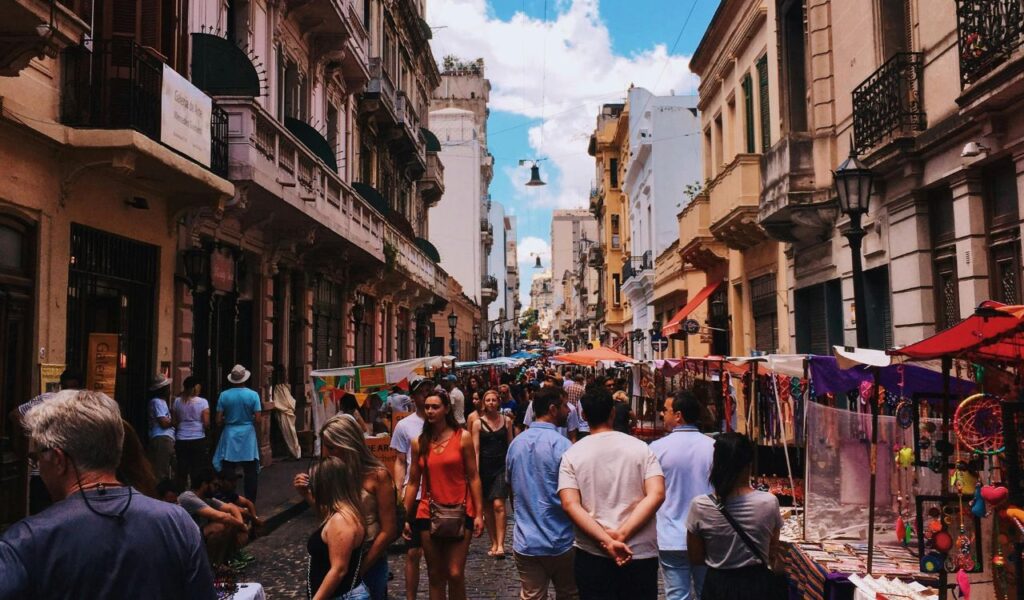
Argentina remains a popular destination, yet urban crime poses challenges for visitors. Buenos Aires has frequent pickpocketing and scams, especially in tourist-heavy areas. Political protests and labor strikes sometimes disrupt transportation and can escalate unexpectedly. Rural areas are generally safer but lack robust emergency services. Travelers should remain cautious in cities, avoid demonstrations, and secure valuables. With these steps, visitors can enjoy Argentina’s vibrant culture and stunning attractions such as Iguazu Falls and Patagonia.
Chile
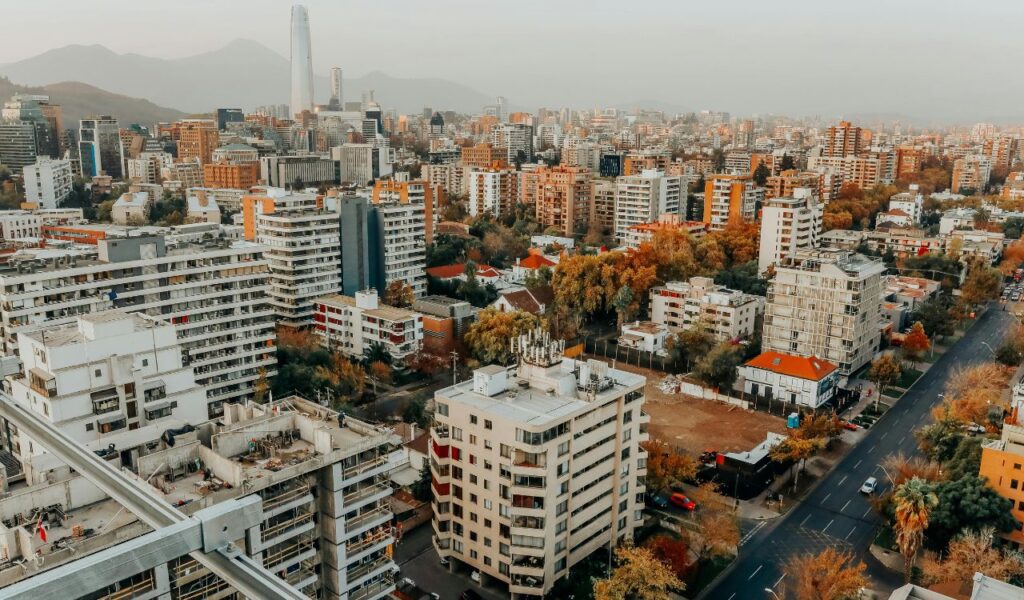
Chile is generally safer than its neighbors but has experienced periodic political unrest and protests in Santiago. These demonstrations can turn violent and disrupt travel. Petty theft remains an issue in crowded urban zones. Natural hazards, such as earthquakes and volcanic activity, also require awareness. Despite these risks, Chile offers remarkable destinations like Torres del Paine. Visitors who stay informed, avoid protest areas, and follow safety guidelines can explore Chile while minimizing potential hazards.
Uruguay

Uruguay is safer compared to other South American nations but still faces urban crime. Montevideo has increasing rates of street theft and muggings in busy districts. Nighttime incidents are more frequent, especially in poorly lit areas. Coastal towns like Punta del Este are generally safer but still require basic precautions. Sticking to well-populated areas, securing belongings, and staying alert help reduce risks, allowing travelers to enjoy Uruguay’s beaches and laid-back culture with greater peace of mind.
French Guiana
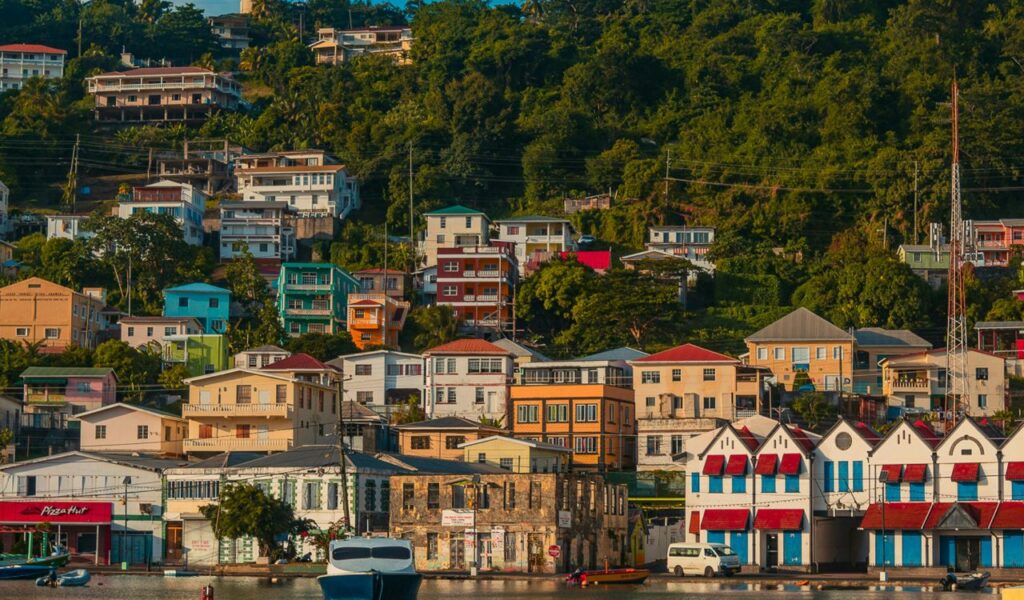
French Guiana’s connection to France brings better infrastructure, but crime in Cayenne and nearby towns has risen. Drug trafficking routes contribute to violent incidents, and remote jungle regions lack emergency resources. Travelers venturing into the rainforest need expert guides and thorough preparation. In cities, remaining cautious and avoiding risky areas is essential. French Guiana’s mix of European influence and Amazonian wilderness offers unique experiences for those willing to plan carefully and prioritize safety.
Falkland Islands
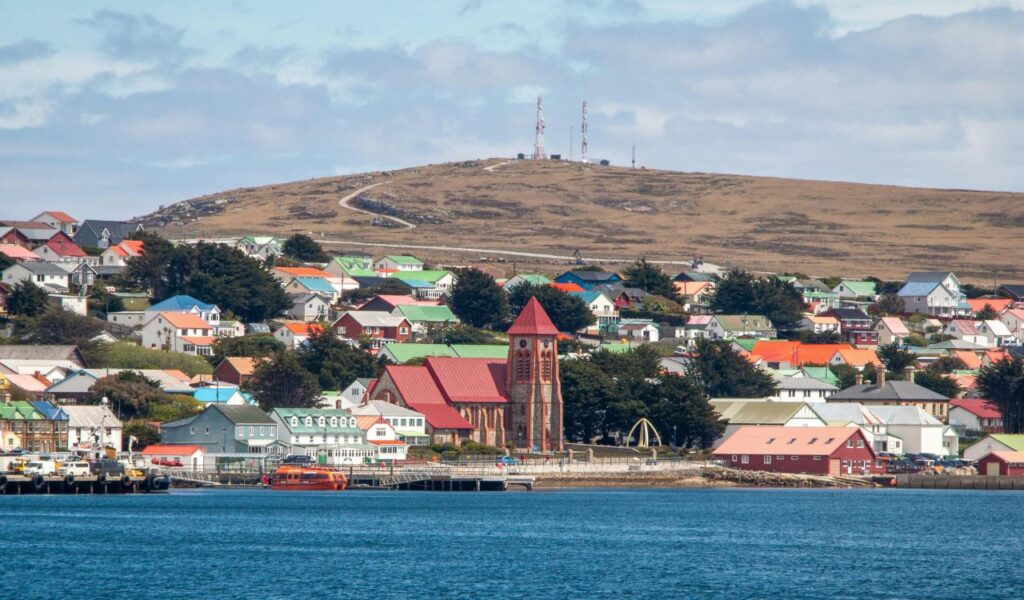
The Falkland Islands are remote, with low crime but limited emergency support. Their isolation makes medical access and evacuation difficult during emergencies. Harsh weather and rugged terrain increase risks during outdoor exploration. Visitors need proper gear and experienced guides for safe travel. While wildlife and landscapes attract adventure seekers, travelers must be prepared for challenging conditions and restricted services in this far-flung destination, where self-sufficiency and preparation are key for safety.
South Georgia and the South Sandwich Islands
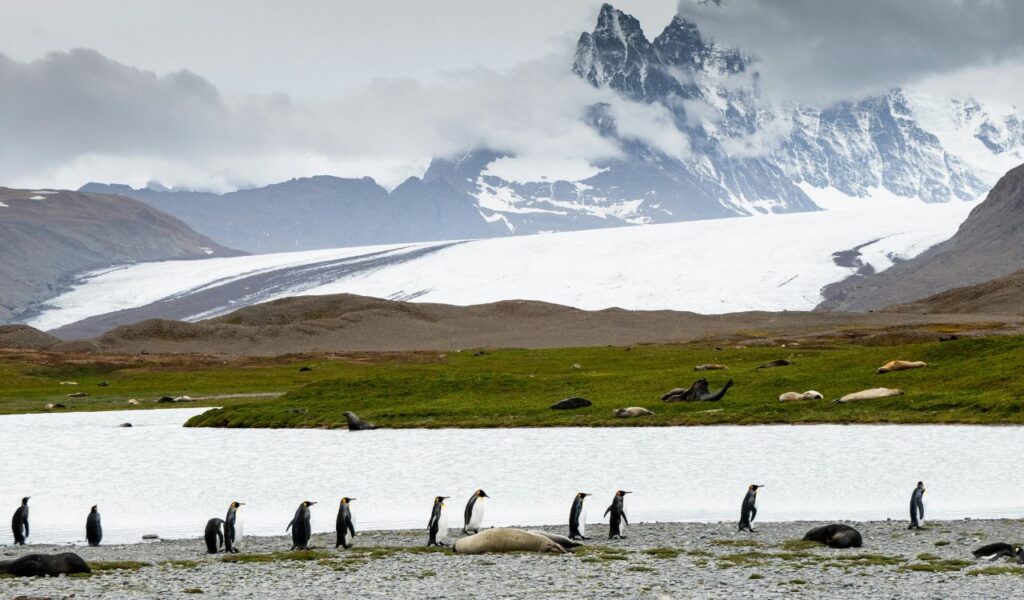
These remote islands are uninhabited and extremely isolated, accessible only by expedition. While crime is nonexistent, dangers stem from harsh weather, icy seas, and the absence of medical or rescue facilities. Any emergency can become life-threatening due to distance from help. Specialized equipment, expert guidance, and thorough planning are mandatory. These islands offer rare wilderness experiences but are suitable only for well-prepared adventurers seeking extreme conditions far from conventional travel infrastructure.